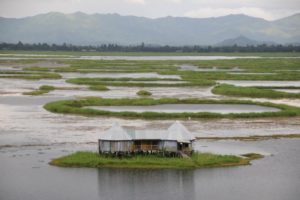
A floating meadow for anyone else would sound like a fragment from one’s imagination, but for the fishing communities living around the Loktak Lake in Manipur, it is a way of livelihood. Loktak Lake at 287 sq. km is the largest freshwater lake in India situated 53km south of Imphal, the capital of Manipur.
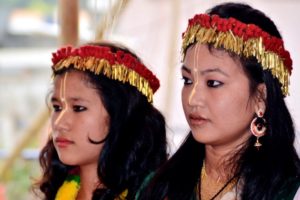
Loktak in Meitei, the dominant ethnic group of Manipur, means the end of a stream as it is the end point of many streams and their tributaries. And this lake has a unique ecosystem as the lake surface is covered by a floating mass of vegetation created by the collection of organic garbage and biomass with soil particles over a period of time that has been thickened into a solid locally called as ‘Phumdi’.
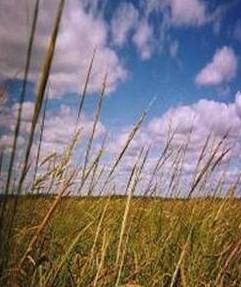
In the south earthen part of the lake, the phumdi has solidified forming a vast floating meadow locally referred to as Keibul Lamjao or the vast land where tigers meet. This name is the result of the belief that the animals from the neighboring hillock forests gather here during forest fires. Keibul Lamjao houses an array of flora and fauna some of which are critically endangered.
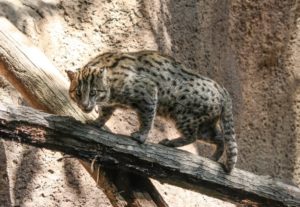
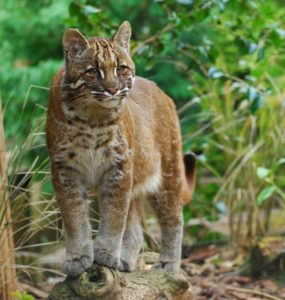
Hog deer, Light phase Asian rock python, marbled cat and Asian golden cat are some of the endangered species found here but the most treasured species of this area is the Brow-antlered deer or dancing deer, also known as the pride of Manipur ‘Sangai’. The brow-antlered deer was first discovered in Manipur in 1839 and named Rucervus eldii in 1844 in honor of Lt. Percy Eld, a British officer. But by the year 1951, it was reported extinct due to hunting. So when E. G. Pee, a naturalist, and photographer, re-discovered it in Keibul Lamjao, hunting started again in the area except for the reserved southern strip which was the main habitat of the species. The deer was renamed as Cervus eldii eldii to distinguish it from its relatives in Myanmar and Cambodia which were discovered by then. Soon the number of Sangai started dwindling again and in October 1953 the area was declared protected and a sanctuary. In 1966, it was officially notified as a sanctuary and in 1977 it became a national park completely prohibiting hunting and becoming the world’s only floating national park.
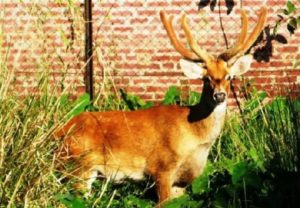
The Sangai has an elegant gait as it prances around in the floating meadow. This gives the impression of dancing earning them their name ‘dancing deer’. This species is so close to the communities nearby that its existence is interwoven in their culture. For years songs and poems have been written appreciating its beauty. They and their habitat can be frequently spotted in the folklore and myths of the neighboring communities. The epic love story of seven incarnations of ‘Khamba Thoibi’ traces around the meadows of Keibul Lamjao making it a sacred place for the people. According to a Moirang folklore, a legendary hero called Kadeng Thanjahanba brought a female Sangai for his beloved and released it in the wilderness of the meadows making the place its only abode on Earth. The presence of Sangai in the historical culture of the people reflects how interwoven their lives are with this ecosystem and the ones inhabiting it.
But in the early 2000s, the vegetation of Keibul Lamjao was critically threatened as the construction of Ithai barrage downstream disturbed the natural cycle of the phumdi. Usually, in the dry months of February and March, the water in the area lowers allowing the phumdi to replenish themselves by anchoring on the river bed. And as monsoon downpours refill the lake again, the phumdi is replenished and ready to float again. This helps maintain a healthy vegetation and thick phumdi to support the many lives it carries. But as the barrage holds back the water of the Manipur River flooding the lake all through the year, the natural cycle is disrupted and the phumdi thinned out. Once a meadow of 40,000 sq. m was now thinning down to 8,000 sq. m. This posed a critical threat to the endemic species, Sangai. But the Forest Department of Manipur acted in time to save the meadows. They launched an indigenous plan to revive phumdi by pinning down the disintegrated phumdi with long wooden shafts to the lake bed. This helped replenish the phumdi and revive the meadows. Soon awareness spread as the Forest Department joined hands with researchers to educate the locals of its importance and ways to protect it. Since then many plans for the protection of Sangai and its habitat has been executed. Establishment of anti-poaching camps, surveillance through road and waterways, seven canoes and four checkpoints for security, army helicopter for a census, all of these measures bore fruit when the 2016 census of Sangai showed to be 260 which is a big leap from the 1975 census of 14. They were even spotted on the newly replenished phumdi Keibul Lamjao and its inhabitants; the flora, the fauna, and the communities are all deeply connected. One does not exist without the other. It is a harmonious balance of culture and development between the wilderness and the people. And though the beauty of it is a hidden reality, it is no less than a dream.





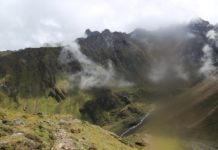
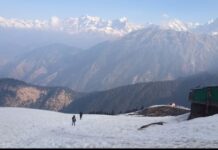
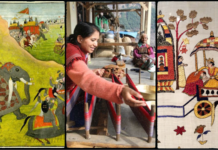









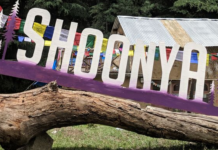



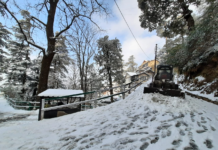
Love you Jasrah keep up the good work